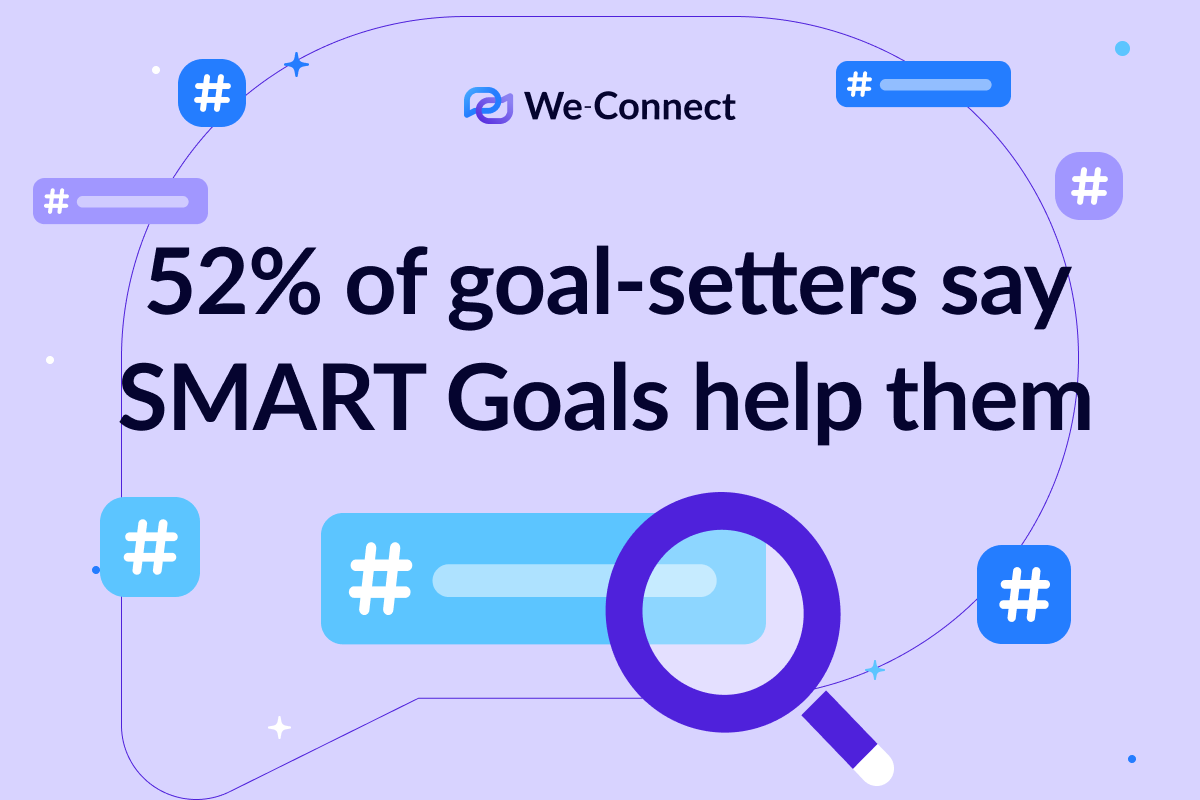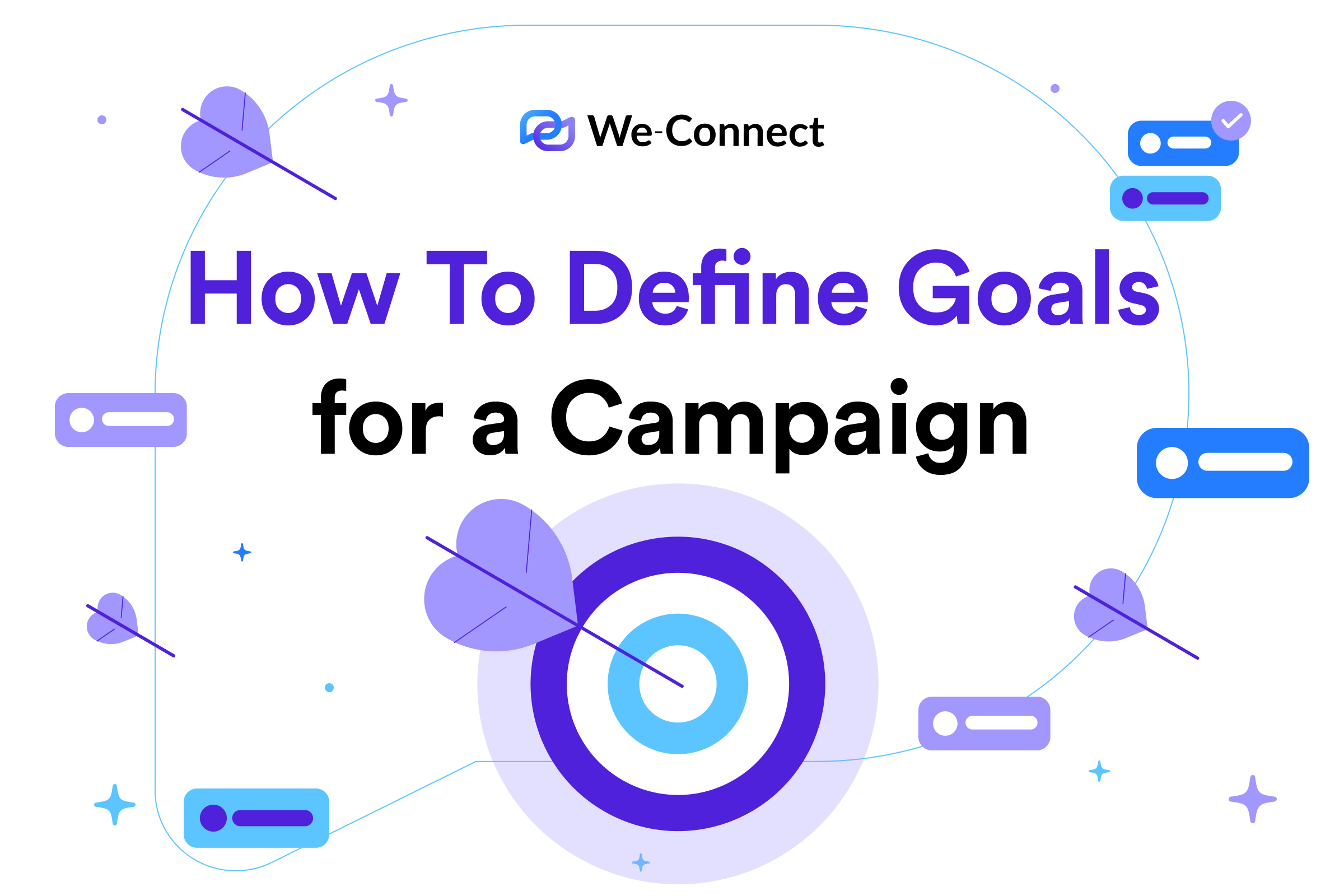Running a prospecting campaign is step one in acquiring new customers and driving revenue growth in today’s competitive business landscape. And, if you’re starting a campaign, that means you’ll need to start setting goals.
In this article, we’ll dive deep into goal setting. You’ll learn to understand your audience, set SMART goals, and run an effective campaign. So, sit back and turn your dream about 10k brand-new leads into reality.
Table of Contents
- Understanding Your Target Audience
- Setting Goals With KPIs
- Number of Leads Generated
- Conversion Rate from Leads to Customers
- Cost per Lead Acquisition
- Return on Investment (ROI)
- Website Traffic from Targeted Channels
- Social Media Engagement (Likes, Shares, Comments)
- Email Open Rates and Click-Through Rates
- Setting SMART Goals: The Only Way To Set Goals
- Examples of Specific Goals for Prospecting Campaigns
- Conclusion
Understanding Your Target Audience
Let’s face it. You can’t set goals if you don’t know who you’re setting them for. That’s why the first step in any goal-setting process is understanding your target audience. In simple, you can create a more effective prospecting campaign by knowing who your ideal customers are, their demographics, interests, pain points, and motivations.
But the question remains… How do you understand your target audience?
Conducting Market Research
Market research is the foundation of learning about your target audience. However, market research is about more than just your target audience. It also involves gathering data about your target market, competitors, and industry trends. With market research, you can identify market gaps, opportunities, and customer preferences. Here are some important aspects to consider during market research:
- Analyzing Demographics: Understand the age, gender, location, and other relevant demographic factors of your target audience.
- Identifying Interests: Explore the hobbies, preferences, and behaviors that resonate with your target audience. This will help you tailor your messaging campaigns to your audience.
- Uncovering Pain Points: Determine the challenges, problems, or unmet needs your target audience faces, that your product or service can address.
Creating Detailed Buyer Personas
Buyer personas are fictional representations of your ideal customers. After performing market research, they’re the second step in understanding (and becoming) your audience. Buyer personas help you understand your target audience deeper by placing you in their shoes. Here’s how you can create detailed buyer personas:
- Identifying Ideal Customer Profiles: Analyze the data from your market research to identify common traits, characteristics, and behaviors of your ideal customers.
- Tailoring Prospecting Efforts: Customize your messaging, content, and channels based on each buyer persona’s preferences and pain points.

Setting Goals With KPIs
Once you clearly understand your target audience, you’ll want to set some key performance indicators (KPIs). These KPIs are measurable metrics that indicate progress toward the larger goals you’ll set in the next step.
By selecting relevant KPIs, you can effectively measure the success of your prospecting campaign and make data-driven decisions. We’ve compiled a list of a few common KPIs that are used for prospecting campaigns.
Number of Leads Generated
The most obvious metric to track when you’re prospecting is the number of leads generated. It’s simple, straightforward, and clearly tells you how effective your campaign is. If you’re using an automation tool like We-Connect, you can track the number of leads generated right in our dashboard.
Conversion Rate from Leads to Customers
The conversion rate tracks the percentage of leads that ultimately convert into paying customers. While this number can be a bit more vague (and usually lower than you want), it helps you assess the quality of leads generated during your campaign.
Typically if this number is low, it means you need to target higher-quality leads. However, you can boost your conversion by writing high-quality CTAs.
Cost per Lead Acquisition
This metric calculates the average cost of acquiring a single lead. If you’re working with a tight budget or with a big team, this allows you to evaluate the cost-effectiveness of your prospecting campaign. Additionally, you can optimize your budget allocation using the cost per lead KPI.
Return on Investment (ROI)
ROI measures the profitability of your prospecting campaign by comparing the revenue generated against the costs incurred. Typically this type of metric is seen on a larger scale for companies with wider budgets and more campaigns. Just cost-per-leads, this metric helps you determine the campaign’s effectiveness and make informed decisions about resource allocation.
Website Traffic from Targeted Channels
If your campaign is also used for marketing reasons, website traffic is an important metric to track. This KPI assesses the volume of website traffic driven from targeted channels such as search engines, social media, or referrals. It helps you evaluate the effectiveness of your prospecting efforts in attracting visitors to your website.
Social Media Engagement (Likes, Shares, Comments)
Social media, specifically LinkedIn, is a prime spot for a prospecting campaign. The social media engagement metrics track likes, shares, and comments to indicate the level of audience interaction with your prospecting campaign. If this metric is lower, that often means that your content isn’t connecting with your audience, and you have to adjust it.
If you’re working on LinkedIn, improving your SEO is key to boosting your engagement. Here are a few of our tips to do so!
Email Open Rates and Click-Through Rates
For prospecting campaigns that involve email marketing, tracking email open rates and click-through rates is crucial. These metrics measure the effectiveness of your email subject lines, content, and calls to action, providing insights into the engagement and interest of your prospects.

Setting SMART Goals: The Only Way To Set Goals
Now that you have identified the relevant KPIs you can use to track your goals – it’s time to set SMART goals. We think that the SMART goal framework is the best and only way you should be setting goals.
If you haven’t heard of SMART goals, let’s break down each component of the framework:
- Specific: Clearly define the desired outcome of your goal. Avoid vague statements and provide specific details. For example, instead of setting a goal to “increase leads,” define a specific target like “generate 50 new leads per month.”
- Measurable: Establish quantifiable metrics that allow you to track progress and measure success. Define how you will measure and evaluate the goal. For example, track the number of leads generated or the conversion rate from leads to customers.
- Achievable: Ensure that your goals are attainable within the available resources, capabilities, and constraints of your prospecting campaign. Setting unrealistic goals may lead to disappointment and demotivation.
- Relevant: Align your goals with your broader business objectives and the specific stage of your sales funnel. The goals should be meaningful and contribute to the overall success of your prospecting efforts.
- Time-Bound: Set a specific timeline or deadline for achieving your goals. This adds a sense of urgency and helps you prioritize your actions. For example, set a goal to “generate 50 new leads per month for the next three months.”
By following the SMART framework, you ensure that your goals are well-defined, actionable, and measurable, setting the foundation for a successful prospecting campaign.\

Examples of Specific Goals for Prospecting Campaigns
To illustrate how to apply the SMART framework, let’s explore some examples of specific goals for different stages of the sales funnel:
- Awareness Stage: Increase brand awareness and reach
- Goal: Increase social media followers by 20% within three months.
- Goal: Increase website traffic from organic search by 30% in the next quarter.
- Interest Stage: Generate quality leads and engage prospects
- Goal: Generate 100 new leads per month through gated content downloads.
- Goal: Increase email newsletter subscribers by 25% within six months.
- Consideration Stage: Nurture leads and drive conversions
- Goal: Achieve a 15% conversion rate from leads to customers within three months.
- Goal: Increase webinar sign-up rate by 20% in the next quarter.
- Decision Stage: Close deals and achieve sales objectives
- Goal: Increase the average deal size by 10% within six months.
- Goal: Achieve a 20% increase in customer acquisition within the next quarter.
Remember that these are just examples, and your goals should be tailored to your specific business objectives, industry, and target audience.
Conclusion
Defining clear and measurable goals for your prospecting campaign is a critical step in driving success and achieving desired outcomes. By understanding your target audience, setting specific KPIs, and setting smart goals, you can create a prospecting campaign that is targeted, impactful, and delivers results.
Remember, goal-setting is an ongoing process, and regular evaluation and adjustments are necessary to ensure continued success in your prospecting efforts. With a well-defined goal framework in place, you are on the path to building a successful prospecting campaign that generates leads, engages prospects, and drives business growth.
Additionally, if you’re running a prospecting campaign on LinkedIn, there’s only one way to do it, and that’s by using We-Connect. Try our free trial for 14 days here.
